What is uncut Diamond Jewellery?
This article breaks down everything you need to know about uncut diamonds and how you can make a smart investment.
Filling in some gaps in your jewellery knowledge or trying to discover some untold secrets in the jewellery business? Uncut diamonds are not something that are often talked about. This article breaks down everything you need to know about uncut diamonds and how you can make a smart investment when picking out gorgeous stone jewellery.
Uncut Diamond Jewellery explained?
An uncut diamond, as suggested by the name, is a diamond in its most natural form. Prior to any shaping to enhance proportion, symmetry and polish involved in diamond cutting, an uncut diamond is a raw diamond that is completely virgin and free from human manipulation.
What is an uncut Diamond worth and why are Diamonds cut?
Apart from their quirky edge, there is not a whole lot of value in purchasing raw diamonds. Uncut diamonds are typically worth less than traditionally cut diamonds as their unpolished, rough edges hinder how well light is refracted. This reduces their sparkle and brilliance, thus reducing their market value.
What does a raw uncut Diamond look like?
An uncut diamond is often bumpy and dull with no real structure. An acquired taste, uncut diamond rings provide a uniqueness and level of beauty some like to hold with others even looking for a rough diamond ring to mark their love.
Diamond Cut Breakdown
To create beautiful diamonds that are worth thousands, diamond cutters have the difficult job of trying to create finished products which align in proportion, symmetry and polish. Make no mistake, while this is easy to decide in theory, cutting diamonds is a challenge where compromises often have to be made. Compromising factors such as diamond weight, to create the right proportions and symmetry, or proportions and symmetry to avoid cutting further diamond and reducing weight.
In a similar way to natural diamonds, poorly cut diamonds can also refract light badly, resulting in little to no sparkle and less spread for your carat weight. To identify how you can be savvy and well informed when choosing your own diamond jewellery, here is everything you need to know about cuts.
Developed in the 1940’s to 1950’s by the Gemological Institute of America (GIA), cut grades were developed to allow independent labs to identify a diamond’s clarity, colour and structure. A prime example of a predetermined cut grade is a brilliant cut diamond which will have 57 or 58 facets accurately cut and defined. While miniature, this provides a system to govern how well a diamond will sparkle.
While they offer a significant discount in price, poorly cut diamonds lack luster and you will be paying for a diamond without any sparkle. To ensure that you have an effective diamond that is worthwhile, we always suggest purchasing a diamond with an “excellent” to “good” cut. However, if you are still interested in purchasing a diamond of a lower cut, we suggest taking a look in person under various lighting conditions to avoid any disappointment.
Cut forms one of the six factors you should consider when deciding to purchase diamonds, for further guidance take a look at our all in one guide on diamond education.
If you would like some help looking for your ideal diamond jewellery piece, book a free consultation with our expert team to assist you in your diamond education process.



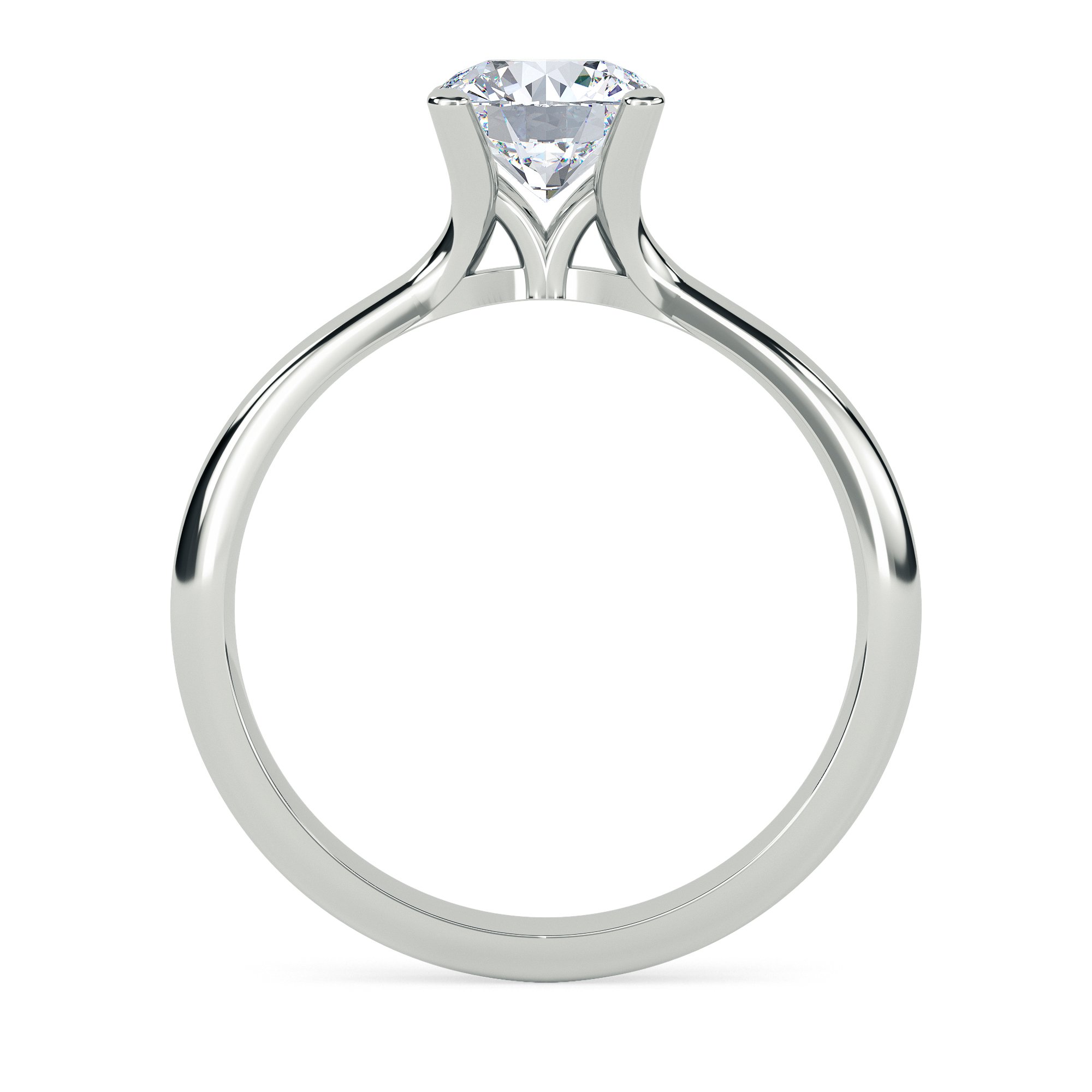
 Twitter
Twitter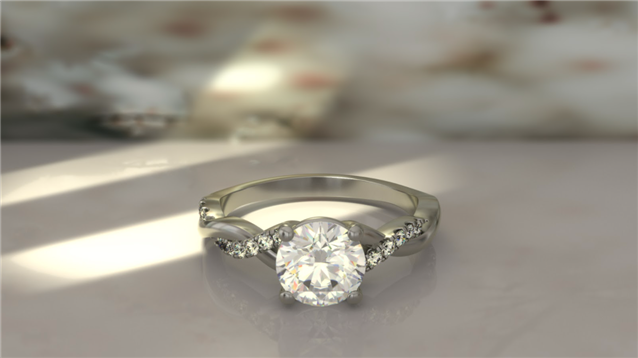
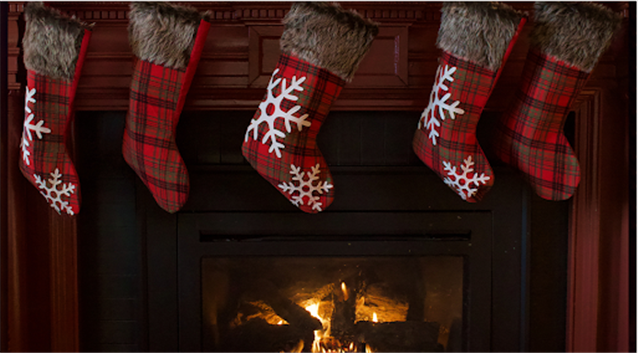 5 Best Stocking Filler Ideas for Him This Christmas
5 Best Stocking Filler Ideas for Him This Christmas 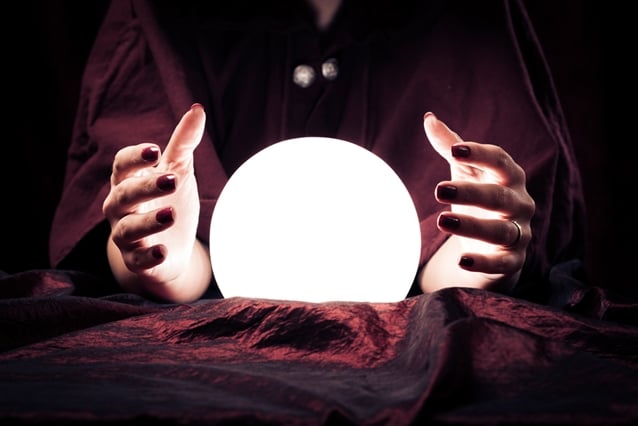 Jewellery Trend Predictions for 2018
Jewellery Trend Predictions for 2018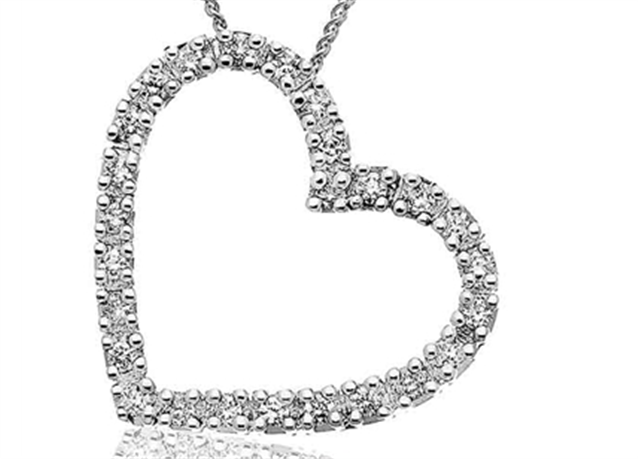 Our Guide on How to Choose the Perfect Pendant
Our Guide on How to Choose the Perfect Pendant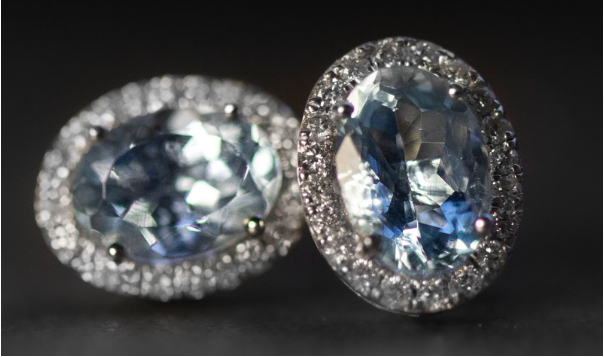 The Ultimate Gift Guide for Aquamarine Jewellery
The Ultimate Gift Guide for Aquamarine Jewellery